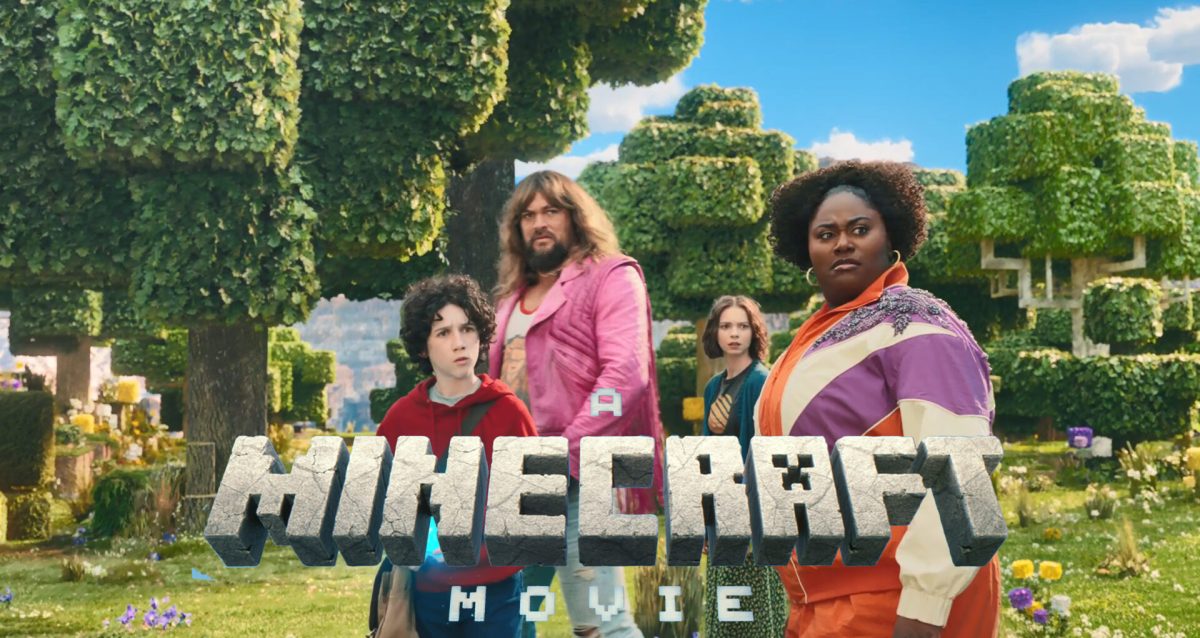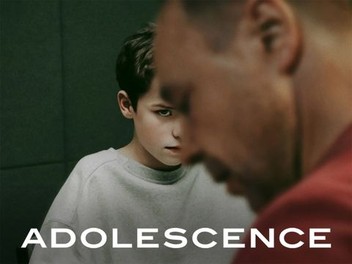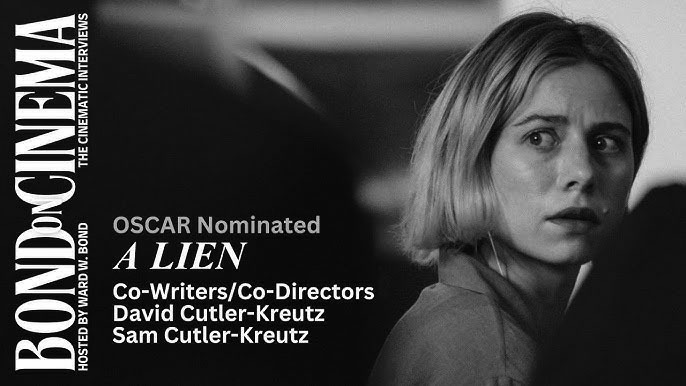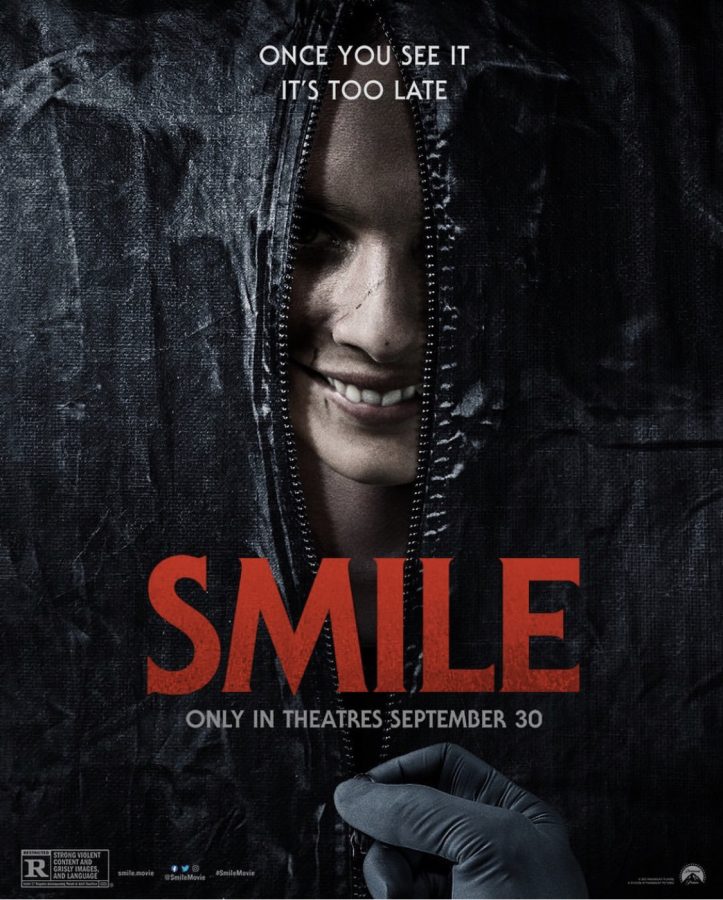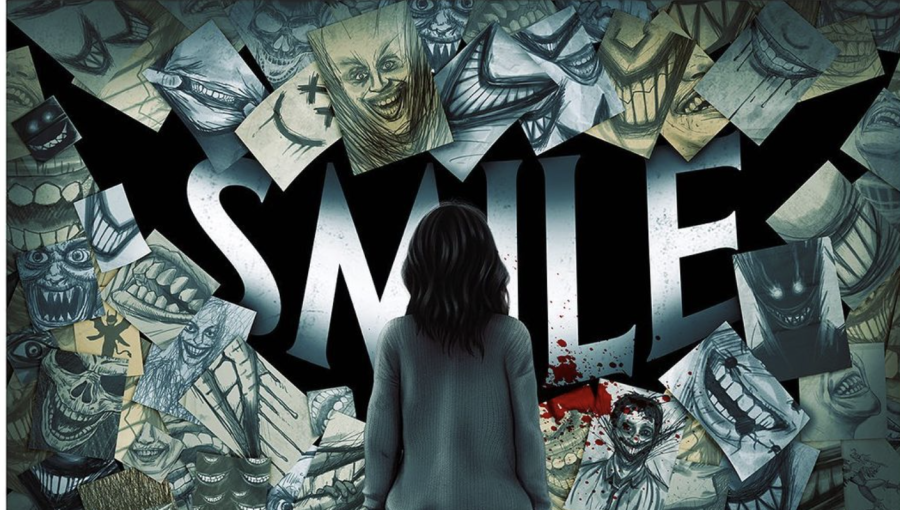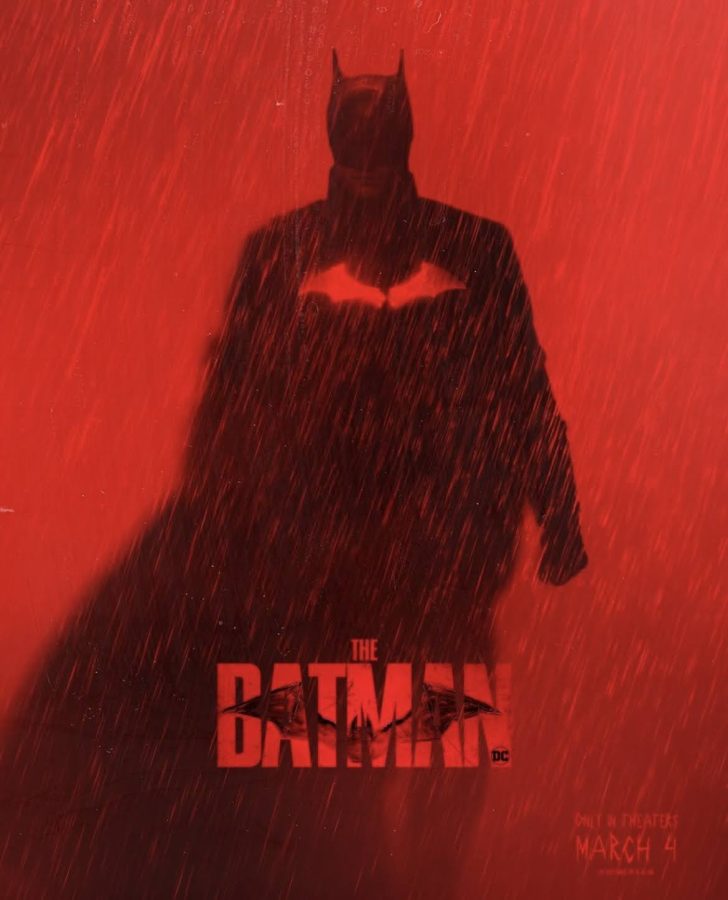In 2012, The Hunger Games, based upon Suzanne Collins’ bestselling young adult novel, was released to much acclaim, both critically and financially. Set in a bleak future where an autocratic government keeps its impoverished constituencies in control by means of a gladiatorial contest in which members from each district must fight to the death. The story focuses on Katniss Everdeen, a reluctant hero who is skilled with a bow and arrow and steals the hearts of the entire nation of Panem, as well as several boys.
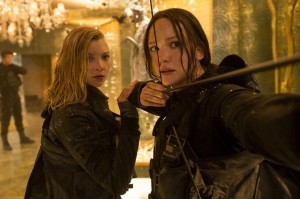
The evolution of the story from The Hunger Games to Mockingjay Part 1 follows Katniss, who has survived the games and has gone on to lead a rebellion against the Capitol that inflicts totalitarian rule upon the districts, keeping them impoverished. The Capitol is led by President Snow, an evil autocrat who stops at nothing to keep control over his country, even if it means wiping out an entire district, as seen in Part 1. Part 2 picks up right where Part 1 left off, as the conflict between the rebels and the Capitol is nearing its end.
In the final assault on the capital, Katniss is sent in with a battalion a few hours behind the frontline to film propaganda to rile the citizens of Panem against Snow. Yet Katniss and her war buddies face plenty of conflict themselves, as the entire war torn city has been set with the best traps future sci-fi technology can provide. In essence another Hunger Games within the war- destroyed Capitol, these traps range from lizard mutant zombies to courtyards rigged to flood with oil.
Katniss and company face never-ending challenges. Present in her squadron is Gale and Peeta, her two competing love interests throughout the entire series. Gale has been Katniss’s best friend since childhood, whereas Peeta has been her Hunger Games companion twice. Katniss must face her emotions and choose who she loves throughout the chaos of a revolutionary war. It does not help that Peeta has occasional bits of homicidal tendencies, having been conditioned by the Capitol in previous films before he was rescued by the rebels.
Ending a series is never an easy feat to do. Countless franchises have fallen victim to a weaker final film than its predecessors. The Hobbit, The Godfather, and the original Spiderman trilogy are all examples of excellent first installments followed by mediocre final entries. The Hunger Games series does not fall victim to this phenomena per se, but does have similar tropes of other tired final entries.
For an action film with a $160 million dollar budget, there is not a whole lot of action, as much of the film concentrates on resting between Katniss’s squad advancement through the traps in the Capitol. Yet when the action scenes do occur, they look flawless. Spare for the first film, this series has always done very well in the visual effects department. Catching Fire featured an excellent segment in which a horde of baboons attack the game contestants, for example.
The CG monkeys looked very real alongside the humans. The squad at one point has to advance through the Capitol’s sewage systems. The editing and pacing is superb in this segment, as monsters loom in the darkness without being seen. Genuinely creepy, this scene instantly recalls the segment in Aliens when the motion sensor indicate that the aliens are fast-approaching while none are seen. When the aforementioned lizard monsters do appear to attack Katniss and company, they look incredible, even better than the monkeys from Catching Fire. The oil chamber looks incredible, and the general cinematography of the vast destroyed yet futuristic city is very convincing and does not once ruin the illusion of realness.
Where the problems of Mockingjay Part 2 become more present is in the finale. As Katniss makes her final move to end the revolution and assassinate President Snow, an abundance of events occur, leading to a very anticlimactic ending without the complete satisfaction felt at the end of Catching Fire when Katniss destroys the arena.
What follows is a surprisingly thought provoking and surprising turn of events. The anticlimactic action set piece at the end is then all the more poetic. This part is hard to talk about without giving away too much of the plot, but it suffices to say that the film goes in a very different direction than expected. While not completely satisfying emotionally, one must respect the creative team for going against the grain here.
One of the largest complaints regarding Mockingjay Part 2 is that Part 1 and Part 2 could have been edited to have faster pacing and been combined into one long movie. While the pacing in the Mockingjay films have never matched the excellent pacing of Catching Fire, especially Part 2, both films are still very solid science fiction action films, with powerful characters played by an excellent cast. Looking back, The Hunger Games series as a whole has gone from a fan service niche movie meant to attract only young adult fans of the book, to an intelligent and dark allegorical sci-fi epic, much akin to Star Wars in many ways.
These films have had a distinctive visual style that is smooth and appealing to the eye, maintaining a distinct feel of grounded levity through strong and realistic characters. While Part 2 may not be nearly as polished a film as previous installments, it is still a powerful and dark adventure that ends the series on a positive note. IMAX is certainly not worth it, but that aside, the Hunger Games series would rank, in descending quality: Catching Fire, Mockingjay Part 1, Mockingjay Part 2, and The Hunger Games. Share which Hunger Games film you liked the most! In the meantime, the November slot for blockbusters will now have an even bigger YA genre come back about a certain magical world starting next year.





